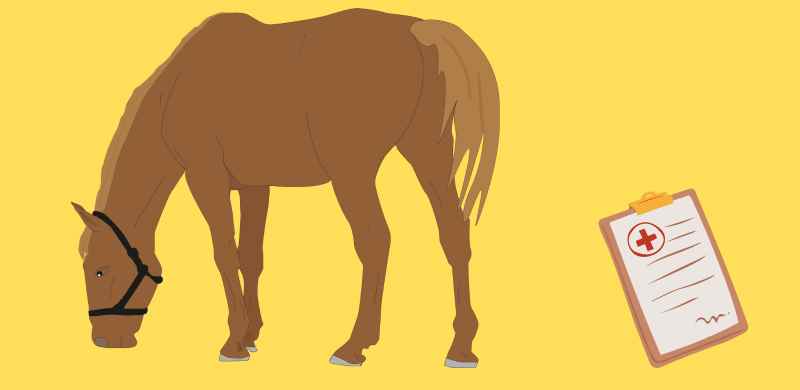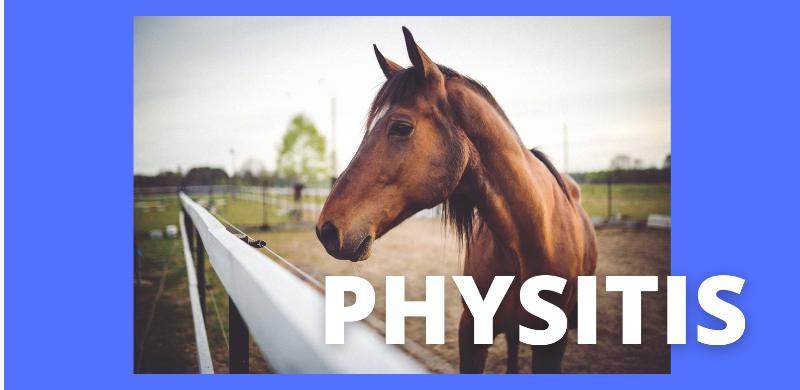Long bone growth occurs at highly specialized regions at one or both ends of the bone. These regions are called the physes, or metaphyseal growth plates. The process of endochondral ossification which occurs at the physes or growth plates is characterized by rapidly maturing and differentiating cartilage cells and the replacement of cartilage by bone.
Ossification of cartilage occurs early in life forming the epiphyses, the rounded ends of long bones at the joint with adjacent bones. The term diaphysis is used to denote the long midsection of the long bone. The metaphysis lies between the epiphysis and the diaphysis, and includes the physis.
As bone growth ceases, the physis becomes progressively thinner and the epiphysis and metaphysis eventually fuse. The timing in which the growth plate is replaced by trabecular bone depends on the specific bone and can be determined radiographically with loss of a visible physis.

Physitis is a term that means inflammation (-itis) of the physis (growth plate). This condition which occurs in foals and young horses is commonly referred to as epiphysitis. These terms are technically incorrect, as there is no active inflammation present within the epiphysis, physis, or metaphysis of affected bones.
The condition is characterized by a disruption of endochondral ossification within the physeal growth cartilage. Physitis, or perhaps more correctly “physeal dysplasia”, is part of the developmental orthopedic disease (DOD) complex which also includes osteochondrosis dissecans (OCD), subchondral cystic lesions, angular limb deformities, flexural deformities, and cervical vertebral malformation (CVM).
Physitis usually occurs in young, rapidly growing animals such as weanlings and yearlings, but is can present itself at any time in which the growth plate is still open. Physitis appears clinically as an enlargement of the physes, particularly of the distal radius, tibia, and cannon bones. This enlargement or flaring imparts an hourglass appearance to the knee, hock, and/or fetlock joint(s), respectively.
There is usually heat over the affected area and pain on deep palpation. Varying degrees of lameness ranging from the stiffness of gait to reluctance to move may be present. Radiographic findings reflect the presence of metaphyseal bone production leading to the appearance of physeal lipping or flaring.

As with the other conditions involved in the DOD complex, the causes of physitis are multi-factorial and involve genetic, husbandry, and nutritional variables. The feed ratio should be evaluated in affected youngsters, as a reduction in body weight or growth rate is generally advised. Energy and protein can be reduced by feeding less grain and supplements.
Alfalfa hay is often being fed as the sole roughage source and should be reduced or changed completely to high-quality grass hay. Foals with multiple limb involvement are more likely to have a nutritional problem, whereas physitis involving only one site is more likely to be the result of trauma.
Treatment in most cases requires exercise restriction and low dose nonsteroidal anti-inflammatory drug (NSAID) therapy, such as oral phenylbutazone every other day. Physitis will usually not diminish future athletic soundness unless complicated by concurrent orthopedic abnormalities.
Stashak, TS. Adams’ Lameness In Horses. 5th Edition. Philadelphia: Lippincott Williams & Wilkins, 2007; 401-410

